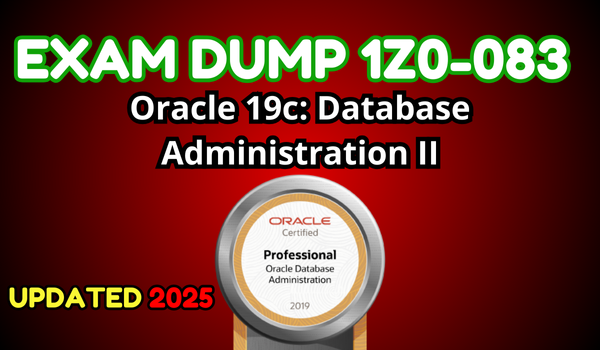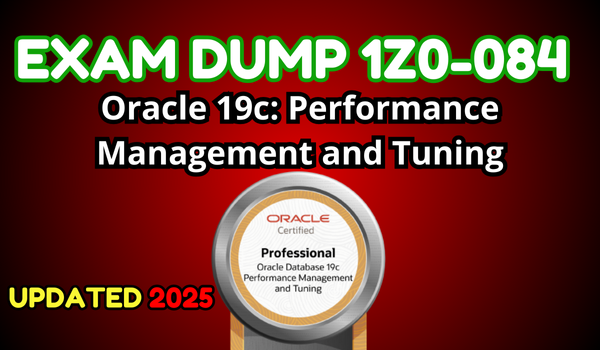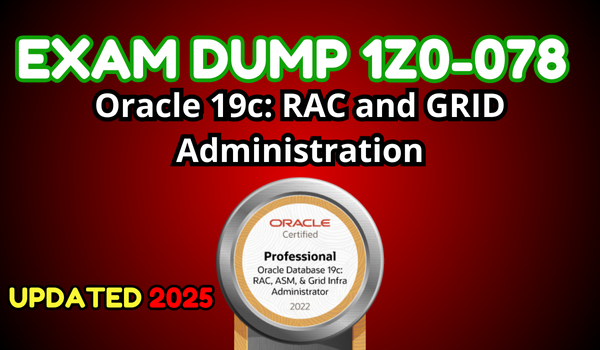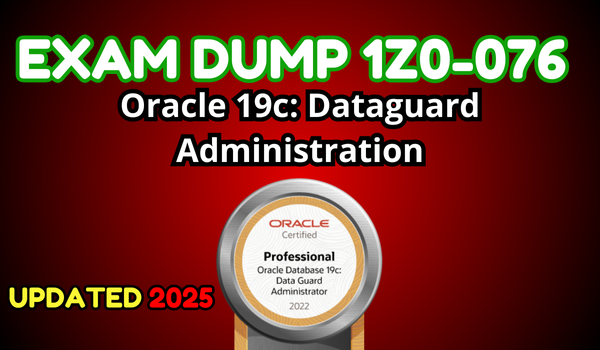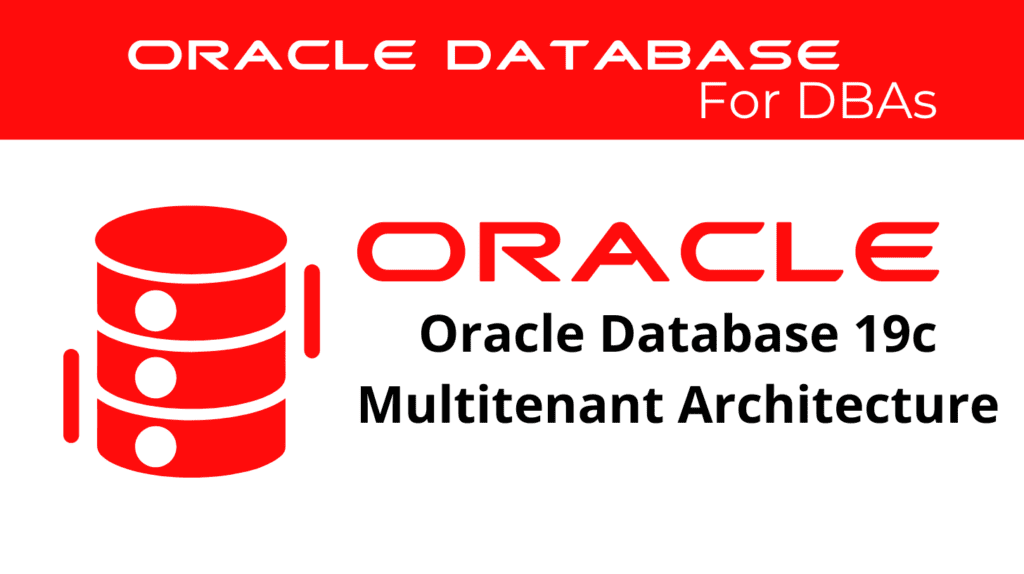
Oracle Database 19c Multitenant Architecture optimizes database management, efficiency, and performance with its revolutionary features. This architecture allows multiple pluggable databases (PDBs) to reside within a single container database (CDB), enhancing scalability and resource utilization. In this blog, we will delve into the overview, benefits, and essential aspects of Multitenant Architecture, providing a comprehensive understanding of its significance and practical applications.
Multitenant Architecture Overview
Oracle Database 19c’s Multitenant Architecture is a game-changer in database management. This architecture allows a single container database (CDB) to host multiple pluggable databases (PDBs), which simplifies administration and reduces costs. The CDB contains the Oracle metadata and the shared system resources, while each PDB is a separate, independent database with its own user data and metadata.
Multitenant Architecture offers significant benefits, including:
- Resource Consolidation: Consolidating multiple dbs into one CDB maximizes resource utilization and reduces hardware and software costs.
- Simplified Management: Managing one CDB instead of multiple individual databases simplifies administrative tasks, patching, and upgrades.
- Improved Performance: Resource sharing and isolation between PDBs within a CDB enhance overall system performance.
The implementation of this architecture is undeniably advantageous, as it addresses common challenges faced by database administrators.
Benefits of Multitenant Architecture
The benefits of Oracle Database 19c Multitenant Architecture are numerous and impactful. Here are some of the key advantages:
- Scalability and Flexibility: Multitenant Architecture allows easy scalability by simply adding more PDBs to the CDB. This flexibility is crucial for growing businesses.
- Efficient Resource Utilization: By sharing resources among PDBs, the architecture ensures optimal usage of system resources, reducing waste and enhancing performance.
- Reduced Downtime: With the ability to manage multiple PDBs within a single CDB, downtime for maintenance, patching, and upgrades is significantly reduced.
- Enhanced Security: Each PDB operates independently, ensuring data isolation and security across different applications and users.
In other words, Multitenant Architecture transforms how administrators manage databases, offering superior efficiency and cost-effectiveness.
📢 You might also like: Oracle Database 19c Configure and Create a CDB (Category: Oracle Database Admin)
Managing Pluggable Databases (PDBs)
Managing pluggable databases (PDBs) within Oracle Database 19c is straightforward and efficient. The architecture allows administrators to perform operations on individual PDBs without impacting the entire CDB. Some of the key management tasks include:
- Provisioning: Creating and provisioning new PDBs is quick and easy, allowing rapid deployment of new databases.
- Cloning: Cloning existing PDBs for testing or development purposes is simple and requires no downtime.
- Migration: Migrating PDBs between CDBs is seamless, enabling flexibility in resource allocation and management.
These features demonstrate the powerful capabilities of Multitenant Architecture in using database operations and enhancing productivity.
Security and Isolation in Multitenant Architecture
Security and isolation are paramount in Oracle Database 19c Multitenant Architecture. Each PDB operates independently within the CDB, ensuring data isolation and security. Key security features include:
- Access Control: Each PDB has its own set of users and privileges, ensuring granular access control.
- Data Encryption: Data within each PDB can be encrypted independently, enhancing security.
- Resource Isolation: Resource isolation ensures that the performance of one PDB does not affect others within the same CDB.
By using these security measures, Oracle ensures that Multitenant Architecture provides robust protection for critical data.
See more on Oracle’s website!
Conclusion
Oracle Database 19c Multitenant represents a significant advancement in database management, offering enhanced scalability, resource efficiency, and security. By consolidating multiple pluggable databases within a single container database, it simplifies administrative tasks, reduces costs, and improves overall performance. As organizations continue to grow and evolve, the benefits of adopting Multitenant Architecture will become increasingly evident.
Be Oracle Database certified Professional, this world is full of opportunities for qualified DBAs!


